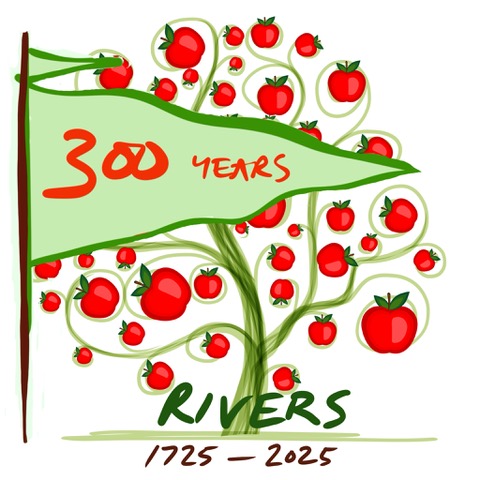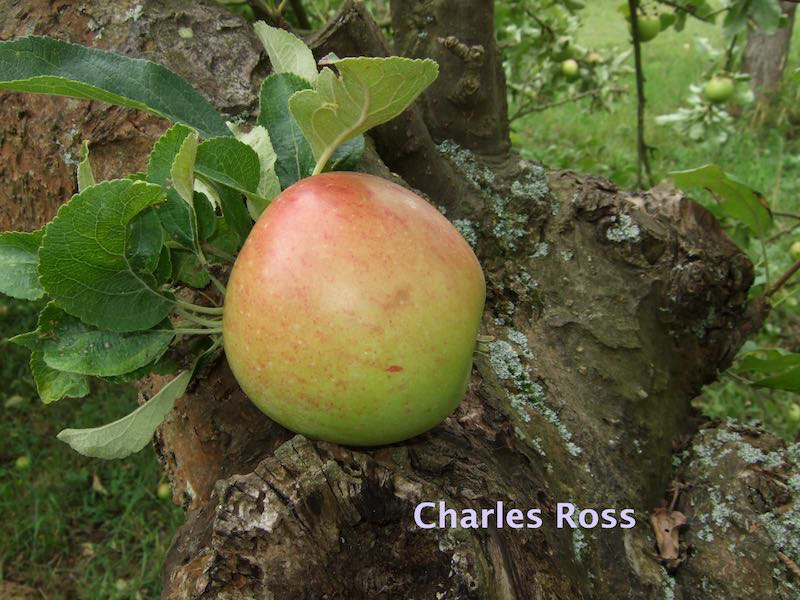Fruit Identification
The team from fruitID will be present at apple day to help identify fruits from the orchard and local gardens. If you have any apples (or pears) in you garden of unknown type, why not bring them along to find out what they are? Identification can be tricky, so please follow these guidelines when selecting fruit samples to bring along, then download and complete the Fruit ID form.
Fruit Selection Guidelines
When selecting samples, be aware that fruit within the same variety can vary widely:
- Fruit colour is less intense for samples grown in the shade. Apple trees grown in grass or with a high potash regime may have fruit that is more highly coloured.
- The fruit size may be greater for trees that are well nourished / young / on dwarfing rootstocks.
- Fruit sizes are smaller where trees are un-pruned / older / on depleted soils or fruit are un-thinned or have, for example, apple chat fruit disease.
- Some features such as stalk length or stripes are quite variable in some varieties.
- Some features such as hairlines may not occur on every fruit even for varieties that have them.
Choose representative fruit but also look for characteristic variability. You will need at least five good fruit from each tree, preferably with one still on 10 cm of twig with leaves. Avoid fruit that is in dense shade or is very under-sized.
Samples should be picked carefully without damaging any bloom. Do not wash or polish the fruit, which should be free of scab if possible, bruising or cuts or aphid / sawfly distortion. Avoid fruit damaged by codling moth as this makes the eye and core completely useless. The stalk must be intact. Although we often also illustrate king fruit, they should not form the majority of the sample.
If samples have to be stored, choose a cool place, not the freezer. For travel, wrap fruit in soft absorbent paper, with samples from each tree in a separate polythene or paper bag. Carefully label each bag to identify the actual tree, the owner’s contact details and any background information, using an ID form if available. Place sample bags in an aroma-free container and treat as fragile.





